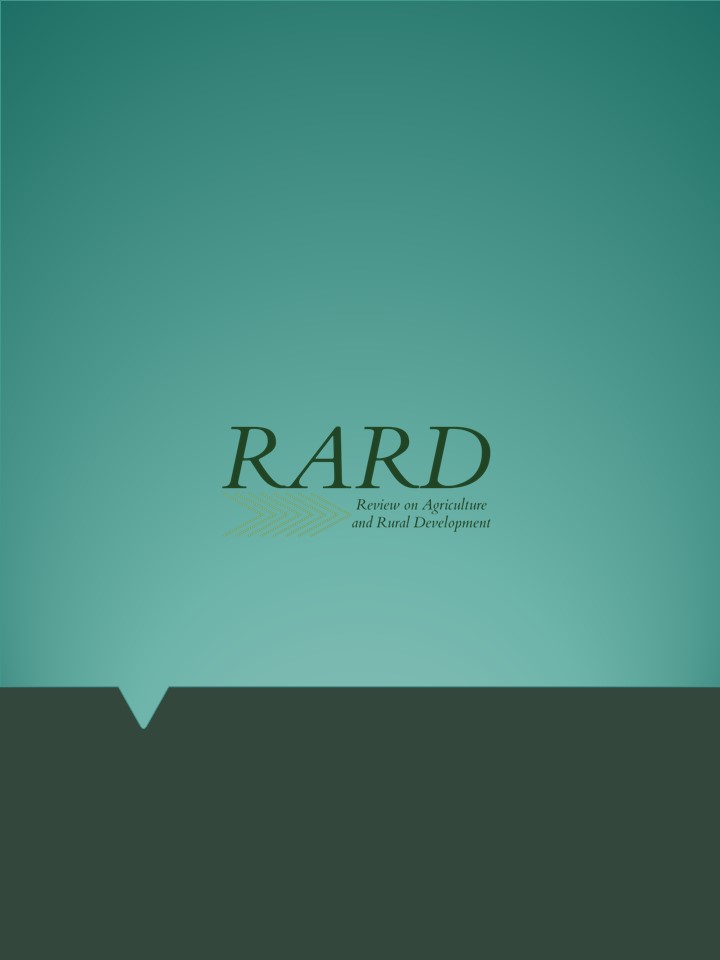Autumn diet of European Hare (Lepus europaeus) in the Naszály hills
Main Article Content
Abstract
ABSTRACT
The European Hare (Lepus europaeus) is an important but declining game species in most of Europe and the availability of food is an important limiting factor. We investigated the Autumn diet of hares in a small orchard farm in Northern Hungary to determine what proportion of their food was composed of fruits and protein rich fabaceous plants with the expectation that fabaceous plants would be more important in the diet. European Hare faecal pellets were collected on a single day, the entire study area was systematically searched for pellets. Additionally, reference samples were made of fruit and fabaceous plants collected on the study site the same day. The diet was investigated using microhistological analysis of the epidermis fragments found in the European Hare pellets. The diet was separated into four categories: seeds, fruits, fabaceous plants and other. It was also investigated if the number of pellets taken from different droppings used for the analysis would have a significant impact on the results. The distribution was tested using the Chi2 test and was found to be insignificant, the results suggest for a study area of such small size the number of pellets used to investigate the diet is not important. European hare did not consume high amounts of fruit and fabaceous plants, each only accounted for less than five percent of their diet and fabaceous plants were not consumed in a significantly higher amount compared to fruits on this farm area.
Keywords: microhistology, faecal pellet, fruit, Fabaceae
